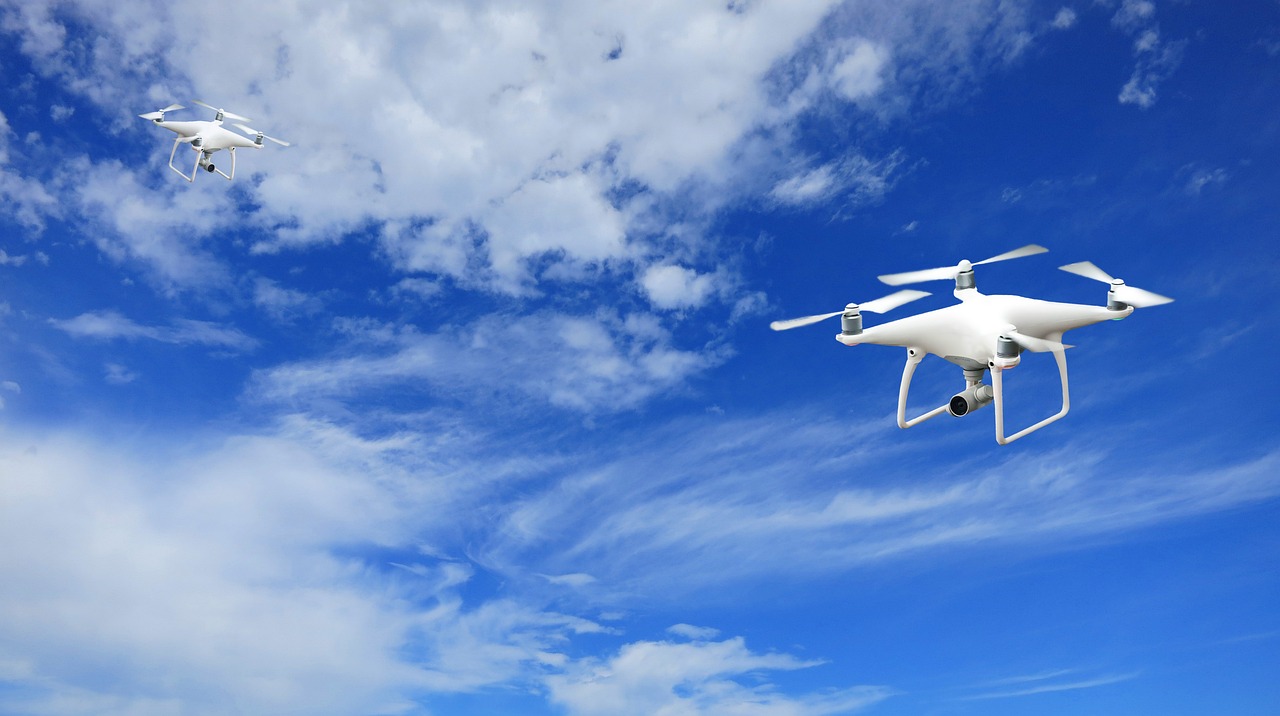Tech in Sports: Innovations and Advancements
Athlete performance tracking devices have revolutionized the way coaches and athletes monitor performance metrics during training and competition. These devices utilize advanced technology to provide real-time data on various aspects such as heart rate, speed, distance covered, and even biometric data like hydration levels and muscle fatigue. This data enables coaches to tailor training programs more effectively while allowing athletes to track their progress and make adjustments to improve their performance.
The use of athlete performance tracking devices has not only enhanced performance monitoring but has also contributed to reducing the risk of injuries. By analyzing data collected from these devices, coaches can identify potential areas of weakness or imbalance in an athlete’s training routine and make necessary adjustments to prevent overtraining or strains. Moreover, athletes can use the feedback from these devices to ensure they are performing at optimal levels, helping them reach peak performance when it matters most.
• Athlete performance tracking devices provide real-time data on metrics such as heart rate, speed, distance covered, hydration levels, and muscle fatigue
• Coaches can tailor training programs more effectively with the help of this data
• Athletes can track their progress and make adjustments to improve their performance
• These devices have also contributed to reducing the risk of injuries by identifying potential areas of weakness or imbalance in an athlete’s routine
• Feedback from these devices helps athletes reach peak performance when it matters most
Virtual Reality Training Simulations
Virtual reality training simulations have revolutionized the way athletes prepare and train for their respective sports. By immersing athletes in realistic and interactive virtual environments, these simulations provide a unique opportunity to practice and improve skills in a controlled setting. Athletes can now engage in scenarios that mimic game situations, allowing them to experience pressure and challenges in a safe and controlled environment.
Moreover, virtual reality training simulations offer a dynamic and adaptive training experience. With the ability to customize difficulty levels and incorporate real-time feedback, athletes can continuously push themselves to improve and refine their skills. This technology has proven to be particularly beneficial for enhancing decision-making abilities, spatial awareness, and overall performance on the field or court.
Smart Equipment and Wearables
In the fast-evolving landscape of sports technology, smart equipment and wearables have emerged as game-changers for athletes and coaches alike. These innovative devices are designed to monitor and analyze various aspects of an athlete’s performance, providing valuable data that can be used to enhance training strategies and optimize overall athletic output.
From smart shirts that track heart rate and performance metrics in real-time to wearable sensors that measure speed, distance, and acceleration, the range of smart equipment and wearables available continues to expand. These high-tech tools offer a new level of insight into an athlete’s physical exertion and biomechanics, helping to refine training programs and prevent injuries.
What are some examples of athlete performance tracking devices?
Some examples of athlete performance tracking devices include GPS watches, heart rate monitors, and accelerometers.
How can virtual reality training simulations benefit athletes?
Virtual reality training simulations can provide athletes with a realistic and immersive training experience, allowing them to practice and perfect their skills in a safe and controlled environment.
What are some advantages of using smart equipment and wearables in sports?
Some advantages of using smart equipment and wearables in sports include real-time monitoring of performance metrics, personalized training programs, and injury prevention through data analysis.
How do smart equipment and wearables help improve athlete performance?
Smart equipment and wearables help improve athlete performance by providing valuable data and insights that can be used to optimize training regimens, track progress, and identify areas for improvement.





